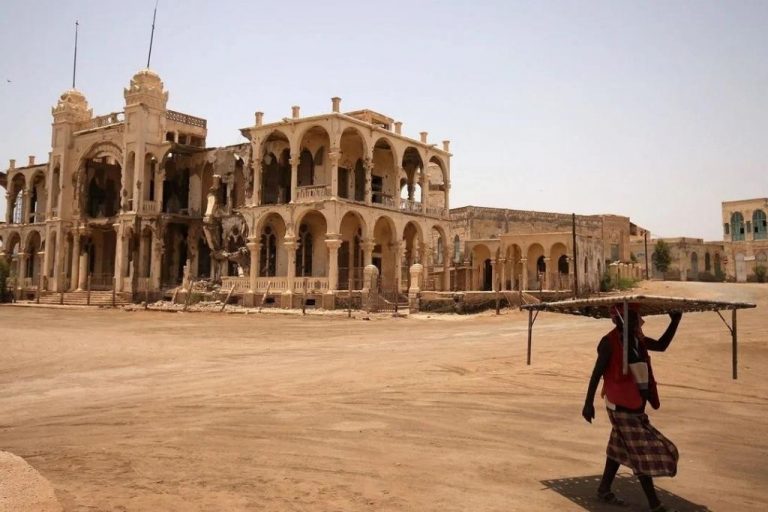Gabon is a small, small country in Central Africa that is known for its Oklo reactor zones. These are the only natural nuclear fission reactors in the world that are said to have been active two billion years ago.
The country has lush rainforests, most of which are covered by national parks. Travelers also love exploring the hundreds of limestone and dolomite caves.
Being Africa’s fifth-largest oil producer, Gabon has a growing economy. Its largest city is Libreville, which also happens to be the capital city.
Gabon has a relatively stable political environment than other African countries, making it very suitable for tourists to explore this country.
However, this doesn’t mean it is entirely free of danger. Petty crimes such as pickpocketing and bag snatching, as well as violent crimes like robberies and armed attacks, take place in some of the tourist areas. Therefore, it is better to stay precautious and not walk alone at night. Even better if you travel with a group at all times.
The country was formerly under French Equatorial Africa till it got its independence on August 17, 1960.
Today, the country still has strong ties with France and its language and culture.
Geography
Equatorial Guinea and Cameroon border Ghana to the north, whereas the Republic of the Congo bounds the country to the east and south, the Atlantic Ocean to the west, and the island of Sao Tome and Principe off the coasts.
The narrow coastal plains of the country in the south are made of sandstone and alluvium.
Granite plateaus that extend from northwest to southeast feature the country’s island relief.
Climate
The country has an equatorial climate, due to which it has high temperature and humidity all year round.
Humidity is high from June to September.
The rainy season falls between October and May. Libreville has an annual rainfall of 3,050 mm, whereas the northwest coast gets about 3,180 mm of rain.
Best time to visit Gabon
The best time to go to this country is from May to September, as the season is dry with little to no rainfall.
June to August are the driest months.
Nature and Wildlife
Gabon is covered by dense equatorial rainforests that have more than 3,000 species of vegetation.
These forests houses gorillas, antelopes, monkeys, varieties of elephants, hippos, and tropical birds.
The best way to experience nature at its best is by going to Gabon’s national parks, such as the Lope National Park, Loango National Park, and Ivindo National Park. Also, visit the Ecosystem and relict Cultural Landscape of Lope Okanda to check out archaeological sites.
People
There are ten linguistic groups in Gabon.
Fangs group covers one-fourth of the population and inhabits the north of the Ogooue River. Further south of Ogooue is dominated by the Sira, the Nzebi, and the Mbete groups. These ethnic groups make one-third of the population.
Other ethnic groups in Gabon are the Mpongwe, Teke, and French.
Almost all adults can speak French, and more than three-fourths of the population can read it too.






